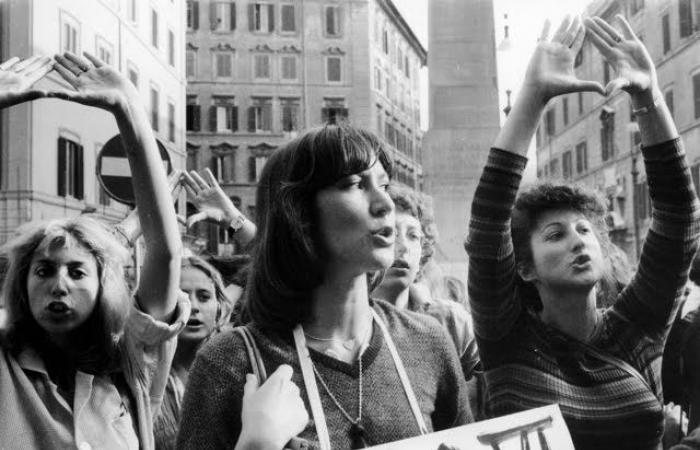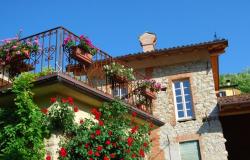On 2 and 3 June 1946, Italian men and women, called to the polls, decided that Italy, from that moment on, would become a republic. It was a fundamental historical moment in which women, together with men, were finally able to express their political will. But what were the social, historical and cultural transitions that favored this significant leap forward?
First of all, we know the existence of a first movement, dating back to the late 1800s, called the National Association for Women. This movement also represents the first wave of Italian feminism, born in Rome from a group of women who came from different realities, but who found themselves united in the Italian capital in the second part of their lives: Elisa Agnini, Giacinta Martina Marescotti, Alina Albani, Virginia Nathan, Maria Montessori and Eva De Vicentiis. This association played a key role in increasing women’s emancipation, but unfortunately stopped with the advent of fascism and the arrival of the war. In October 1917 the association organized a National Women’s Conference in Rome, which managed to unite all the Italian women’s organizations active in that period. Thus, a document was presented by Margherita Ancona regarding the state of suffrage in Italy, highlighting the need for a reform.
Ads
In 1920, various branches dotted Italy which, with determination, helped women to exploit all legal avenues in order to enjoy the same rights as men. In that same era, another significant stage for Italian suffragettes was the Roman Women’s Club, which was founded in 1908 and became an invaluable bastion. A place for meetings, debates and demonstrations aimed at promoting women’s rights. Equally important was the headquarters of the National Council of Italian Women, located in the Parioli district. This institution has played a fundamental role in the defense of women’s rights since its foundation way back in 1903. These places, authentic historical-cultural treasures, constitute essential foundations for understanding the path of the feminist movement in Rome.
In the 1970s it is worth mentioning the birth of the Feminist Struggle Collective (CLF). This movement came to life from a mix of ideas and people coming from the women’s revolt groups, the student collective and other Italian feminist groups. The Roman headquarters were first in via Tagliamento and then in via Pompeo Magno. In these locations various groups with different ideals met, sometimes not entirely aligned, but particularly committed to informing on the topic of women in schools, contraception, motherhood, the right to abortion and women’s work opportunities. These groups played a fundamental role in raising public awareness of women’s issues and promoting real social change.
In any case, the roots of the feminist struggle in Lazio reach back to the movements of the twentieth century. Many feminist groups and collectives have moved with determination in this region, pledging to lead an enterprising battle for women’s rights and gender equality. Among the most illustrious figures, we find the Women for Peace Group, which has fought strenuously against gender violence and discrimination, and the Feminist Collective of Rome, which since 1973 has been fighting to promote female empowerment and denounce social inequalities . Other places of great excitement are the International Women’s House, founded in 1987, and the Women’s Documentation Center, opened in 1992. These spaces are still today milestones for the diffusion of women’s rights and the valorization of feminist culture in the territory Lazio.
Over the years, women have come together to protest and claim their rights, boldly challenging social norms and seeking deeper gender equality. From the first suffragette demonstrations in the early 1900s to the more recent marches on International Women’s Day, the streets of Rome have become the epicenter of peaceful, yet no less tenacious, demonstrations.
Veronica Loscrì






